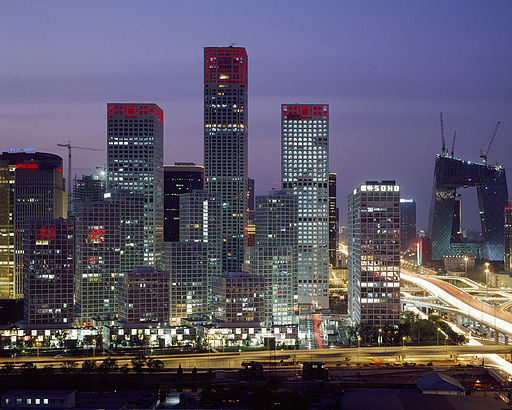I recently made my first visit to Vietnam and spent several days in Ho Chi Minh City. Considered by the investment community to be a frontier market, Vietnam has a low per capita income (approximately US$1,600), a relatively young population and less mature capital markets. My research trips have taken me to many remote locations so I am generally prepared for poor infrastructure and chaotic environments. However, I found Ho Chi Minh’s Tan Son Nhat International Airport to be surprisingly efficient and modern, and the city’s roads are decent, if not better, than those in many other emerging or frontier Asian economies. The droves of motorcyclists and roadside food vendors, however, were a reminder that Vietnam is still in its early stages of economic development.
While many Asian countries generally do not have a strong coffee-drinking culture until incomes reach higher levels that induce lifestyle and consumption changes, Vietnamese coffee consumption is quite ubiquitous. There you can find a combination of both local coffee shop chains as well as foreign ones on virtually every bustling street. The popularity of coffee in Vietnam likely stems from the country’s French colonial influence, and the fact that Vietnam is a coffee producer sets it apart from the rest of Asia. Vietnam is actually the world’s second largest coffee producer behind Brazil with current annual output of approximately 1.5 million metric tons. Over 90% of coffee produced is exported, which makes coffee one of Vietnam’s most important commodities. I sampled some of the local coffee and I must say, Vietnamese coffee is quite strong and invigorating.
Another observation I made was the proliferation of not only small- to medium-sized, domestic branded coffee shops, but also jewelry and apparel stores, which could be somewhat of an indication of entrepreneurism in the local economy. In the past decade, the economic dominance of state-owned enterprises (SOEs) has shrunk due to ongoing reforms. The contribution to GDP growth from SOEs from 2001 to 2005 was about 33%. It dropped to 19% from 2006 to 2010, while GDP contributions from the private sector increased from about 45% to 54% in the same time period. Not surprisingly, the private sector now accounts for the bulk of Vietnam’s new job creation. However looking beyond these economic data points, I was heartened to see the vibrancy and drive of the local people on the ground. Not dissimilar to China’s pattern of economic development, Vietnam has been carrying out SOE reforms. Local entrepreneurs are now able to enjoy a higher degree of economic freedom, which should be favorable for Vietnam’s long-term economic development.
Lydia So, CFA, Portfolio Manager at Matthews Asia
The views and information discussed represent opinion and an assessment of market conditions at a specific point in time that are subject to change. It should not be relied upon as a recommendation to buy and sell particular securities or markets in general. The subject matter contained herein has been derived from several sources believed to be reliable and accurate at the time of compilation. Matthews International Capital Management, LLC does not accept any liability for losses either direct or consequential caused by the use of this information. Investing in international and emerging markets may involve additional risks, such as social and political instability, market illiquidity, exchange-rate fluctuations, a high level of volatility and limited regulation. In addition, single-country funds may be subject to a higher degree of market risk than diversified funds because of concentration in a specific geographic location. Investing in small- and mid-size companies is more risky than investing in large companies, as they may be more volatile and less liquid than large companies. This document has not been reviewed or approved by any regulatory body.



 For Fórmate a Fondo
For Fórmate a Fondo